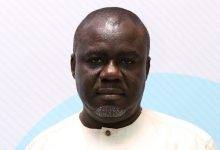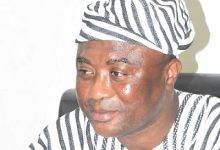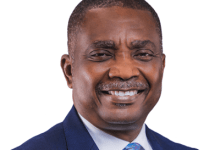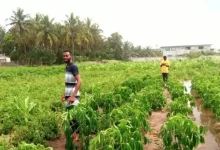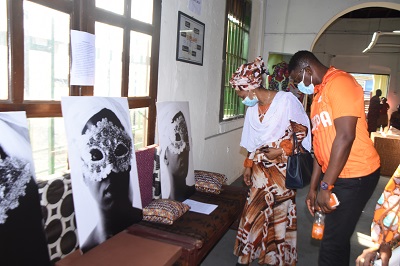
The United Nations Population Fund (UNFPA) yesterday climaxed its 16 days of activism against sexual and gender-based violence (SGBV) with an arts exhibition in Accra.
The 16-day activism, occurring from November 25 to December 10, is part of the international campaign to challenge violence against women and girls.
The event was also used as a platform to shed more light on cases of violence and for victims of these cases to share their experiences.
Mr Niyi Ojuolape, Country Representative of UNFPA, in his welcome address, thanked the youth for participating in the campaign and for expressing their enthusiasm in fighting against SGBV.
He stated that SGBV was a silent pandemic that was raging within the country, adding that, “it is time for all of us to rise and collectively put an end to it.”
Mr Ojuolope added that the UNFPA partnered with the Ministry of Gender, Children and Social Protection (MoGCSP) and others to present a united front to combat this pandemic.
“We all have a role to play, so when you see a situation where someone is being affected by SGBV or a victim of SGBV, please report to the nearest authority so that his/her life can be saved,” he said.
Dr Afisah Zakariah, Chief Director of MoGCSP, said there was the need as it was essential to eradicate SGBV now more than ever.
According to her, many people, especially the youth, have been victims of this kind of abuse and thanked UNFPA and partners for using arts as the new avenue to showcase the plight of victims of SGBV.
“Let us all work together to eradicate this plague that dwells in our community and nation so that we all can live peacefully and in harmony,” she added.
Dr Agnes Ntibanyurwa, Deputy Representative for UNFPA, reiterated the need for more campaigning on SGBV.
She advised that although the 16 days of campaigning were over, the spread of information on SGBV should continue to the ends of the earth so that the victims of SGBV, wherever they may be, could get the right information on how to overcome the abuse.
“Enough is enough; let us be champions to speak up and spread the word and fight against SGBV,” Dr Ntibanyurwa said.
The exhibition was meant to use picture and painting to showcase the pain and abuse victims of SGBV go through.
During the event, a panel discussion was held, in which youth leaders of the UNFPA explained how art could be used as a means of sharing information on SGBV.
The panellists included UNFPA Youth Leaders such as Mr Julius Kofi Mortis, a professional photographer; Mr Olawale Oloya, an artiste, and Mr George Koranteng, a visual artist.
They collectively agreed that art was a modern tool that was easily accessible to all, especially the youth, to educate them on SGBV.
The panellists urged all in the visual arts and music industry to consider making works of art the collective tool to highlight the need for more education on SGBV and the available avenues that people could use to report cases of SGBV.
BY FREDERICK GADESE-MENSAH



